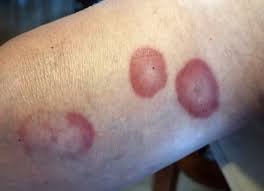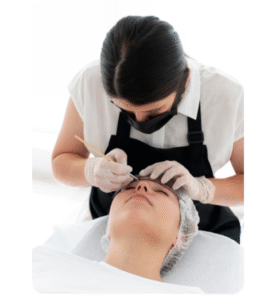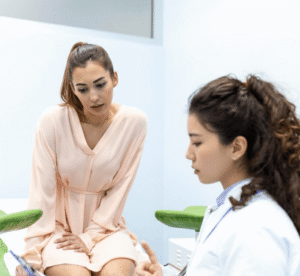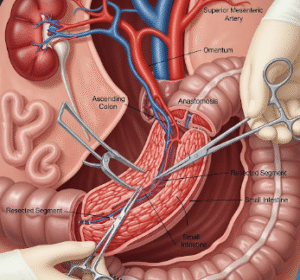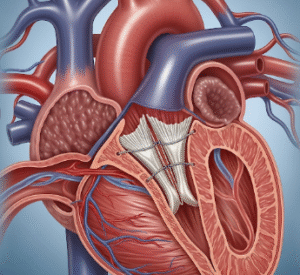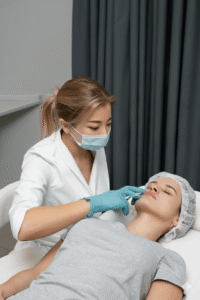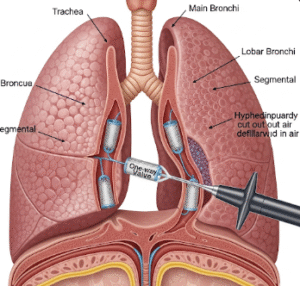Overview
Granuloma annulare is a benign, chronic skin condition characterized by ring-shaped, reddish or skin-colored bumps. Although the exact cause is unknown, it is believed to involve abnormal immune system activity. The condition is not contagious and often resolves on its own, though it can persist for years in some cases. In Korea, dermatology clinics and university hospitals provide specialized diagnostic and treatment options for managing granuloma annulare.
Symptoms
- Raised, reddish, skin-colored, or purplish bumps
- Ring-shaped or circular rash with central clearing
- Usually appears on hands, feet, elbows, and knees
- Itching (mild, in some cases)
- Localized form is most common, but generalized and subcutaneous types may occur
Causes
The exact cause of granuloma annulare is not fully understood. Possible factors include:
- Immune system dysfunction or hypersensitivity reaction
- Minor skin injuries (cuts, insect bites, or trauma)
- Viral infections (such as hepatitis or HIV in rare cases)
- Certain medications (e.g., allopurinol)
- Possible association with systemic conditions like diabetes
Risk Factors
- Female gender (slightly more common in women)
- Children and young adults (most affected age groups)
- People with type 1 or type 2 diabetes
- Patients with autoimmune or thyroid diseases
- History of skin trauma or repeated sun exposure
Diagnosis
In Korea, dermatologists diagnose granuloma annulare through:
- Physical examination of skin lesions
- Skin biopsy (if needed) to confirm the presence of necrobiotic collagen and granulomatous inflammation
- Blood tests may be performed to check for underlying conditions like diabetes or thyroid disorders
Prevention
Granuloma annulare cannot be fully prevented, but flare-ups may be reduced by:
- Avoiding skin trauma or repeated friction
- Protecting skin from excessive sun exposure
- Managing underlying conditions such as diabetes
- Maintaining a healthy immune system through balanced diet and stress management
Treatment Options in Korea
Most cases resolve on their own within months to years, but treatment may be required for cosmetic reasons or widespread symptoms. Korean dermatology hospitals provide advanced therapies, including:
- Topical Treatments
- Corticosteroid creams or ointments to reduce inflammation
- Calcineurin inhibitors (tacrolimus, pimecrolimus)
- Injections
- Intralesional corticosteroid injections for localized lesions
- Systemic Treatments (for severe cases)
- Oral corticosteroids or immunosuppressants
- Antimalarial drugs (hydroxychloroquine)
- Isotretinoin (in select cases)
- Light Therapy
- Phototherapy (narrowband UVB or PUVA) is available in Korean dermatology centers for generalized granuloma annulare
- Laser Therapy
- Advanced dermatology clinics in Korea may use fractional lasers to reduce lesion appearance
Prognosis
Granuloma annulare is usually harmless and self-limiting, with most cases resolving within 1–2 years. However, generalized cases may persist longer and require treatment. In Korea, modern dermatology care and advanced therapies provide effective symptom relief and cosmetic improvement, ensuring an excellent prognosis for most patients.

